Domestic cats, beloved companions to millions around the world, have a long history of relating to humans. However, their presence in the wild raises significant ecological questions, especially regarding their interaction with wild cat species. Whether domestic cats and wild cats can coexist in shared habitats is a complex topic involving issues of ecology, behavior, and conservation.
The Difference Between Domestic and Wild Cats
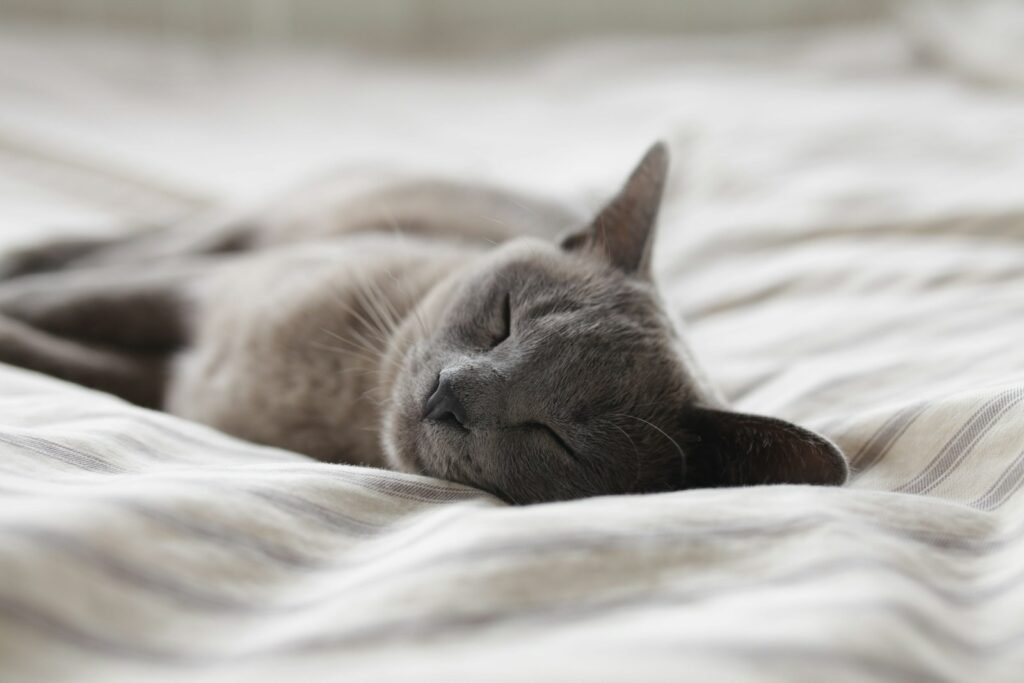
Domestic cats (Felis catus) are descendants of wildcats, specifically the North African wildcat (Felis lybica). While they share many characteristics with their wild relatives, domestication has resulted in considerable behavioral and sometimes physical differences. Wild cats, including species like the European wildcat (Felis silvestris) and the bobcat (Lynx rufus), have adapted to diverse environments and often fulfill specific ecological niches.
Natural Habitats of Wild Cats
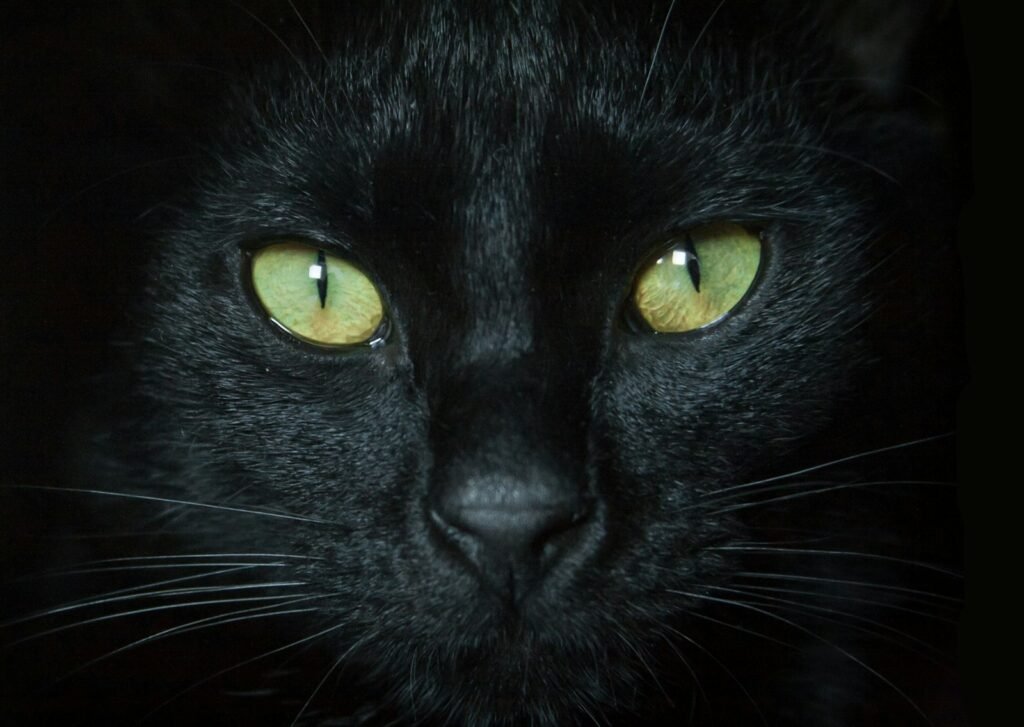
Wild cats inhabit a wide range of environments, from the dense forests inhabited by the Eurasian lynx to the arid deserts where the sand cat thrives. These habitats have shaped their hunting, breeding, and survival strategies. Any intrusion into these habitats, whether by humans or domestic animals, can upset existing ecological balances.
The Spread of Domestic Cats into the Wild
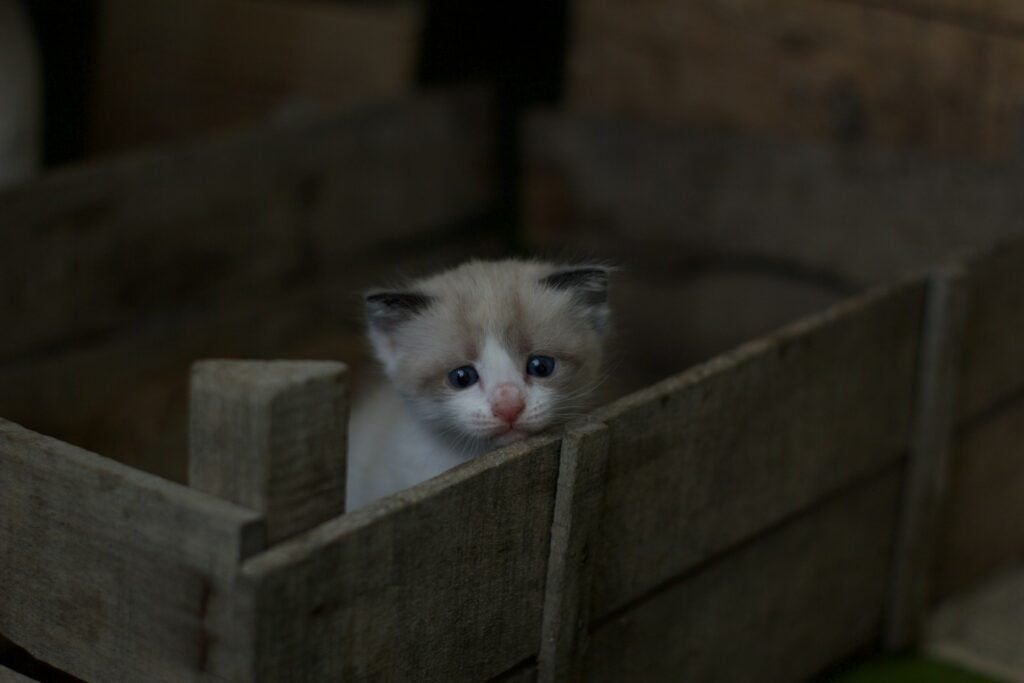
As humans have spread across the globe, so have their feline companions. Many domestic cats become feral, living independently of humans and establishing populations in diverse environments. This occurrence often leads to interactions with local wildlife, including wild cat populations, raising concerns about competition and ecological disturbance.
Potential Benefits of Shared Habitats
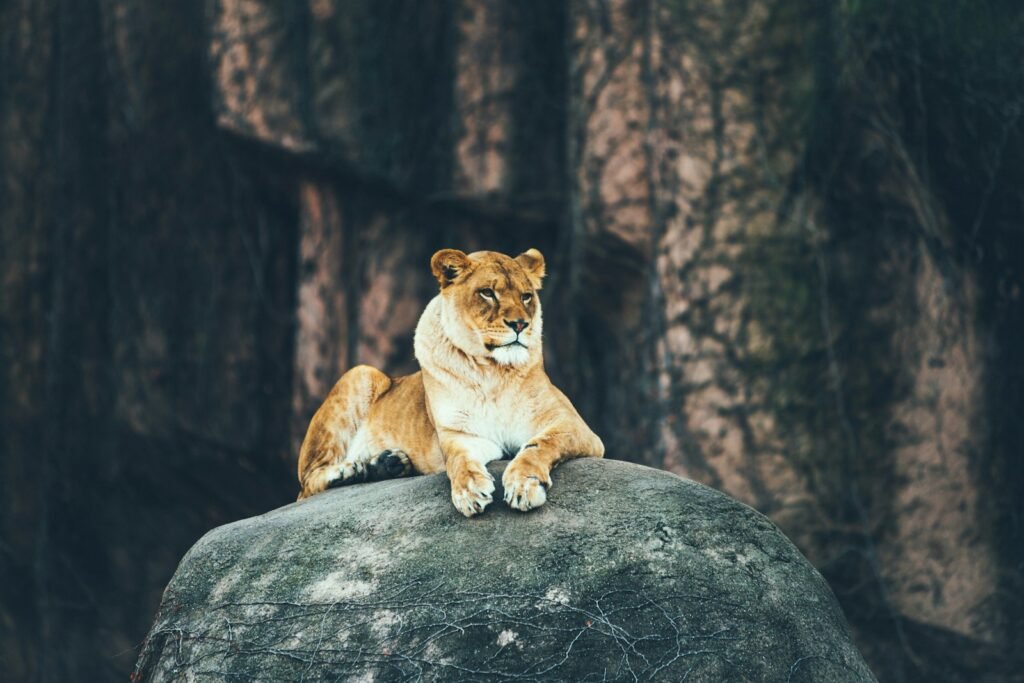
It’s hypothesized that domestic and wild cats could potentially lead to mutual benefits under specific circumstances. For instance, domestic cats could help control rodent populations, reducing competition for some wild cat species. However, these scenarios are not the norm and depend heavily on the specific ecological context.
Ecological Challenges
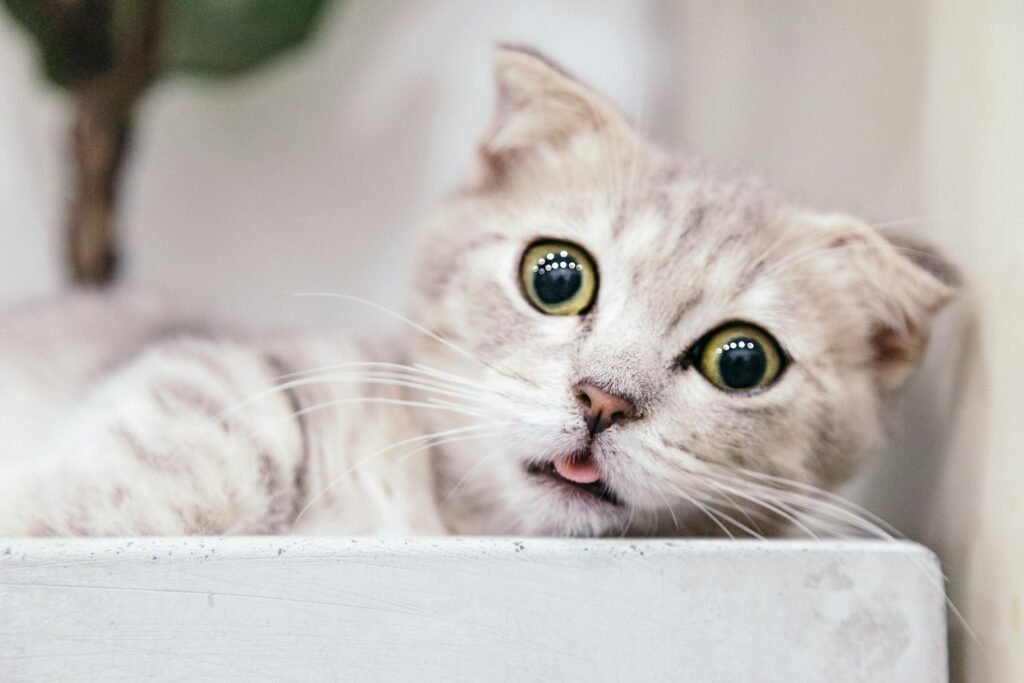
Domestic cats in shared habitats can pose significant challenges to wild cat species. They often compete for similar food resources, primarily small mammals and birds, which can lead to a decline in native prey populations. Additionally, domestic cats may introduce diseases to which wild cats have no immunity, further jeopardizing their survival.
Impact on Biodiversity
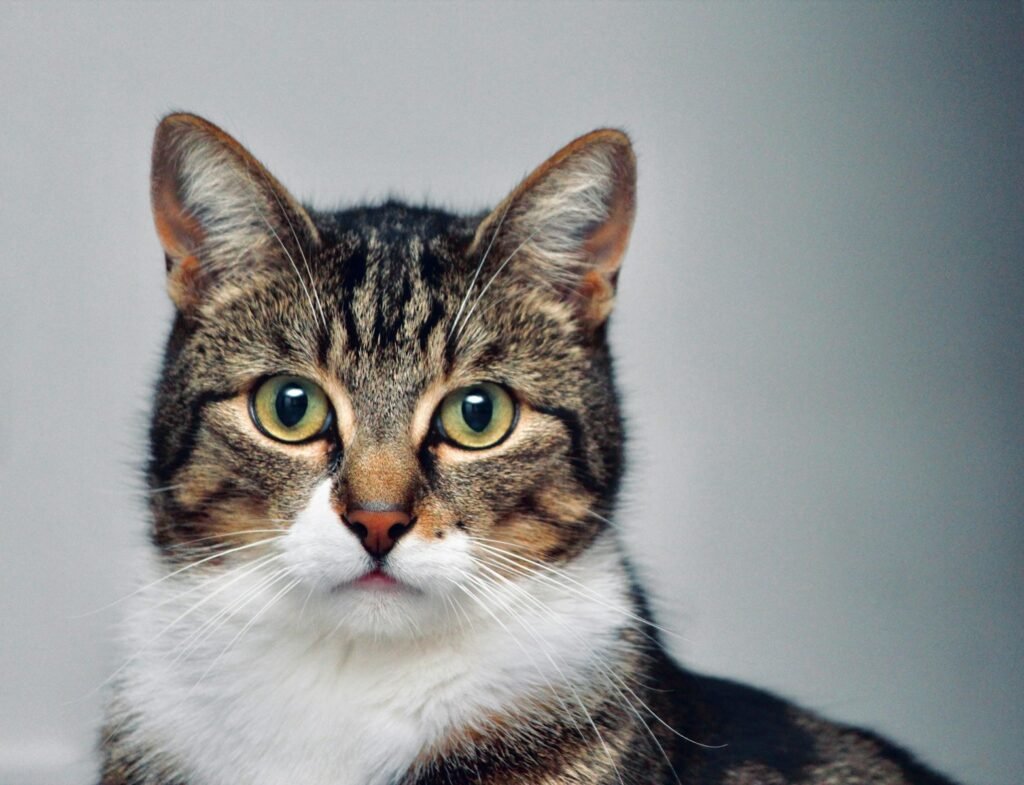
The presence of domestic cats in wild areas can also have a broader impact on biodiversity. Predation by domestic cats is a significant threat to wildlife, with studies estimating that cats kill billions of birds and small mammals annually. This predation can lead to declines in local species, some of which may already be vulnerable or endangered.
Behavioral Interactions
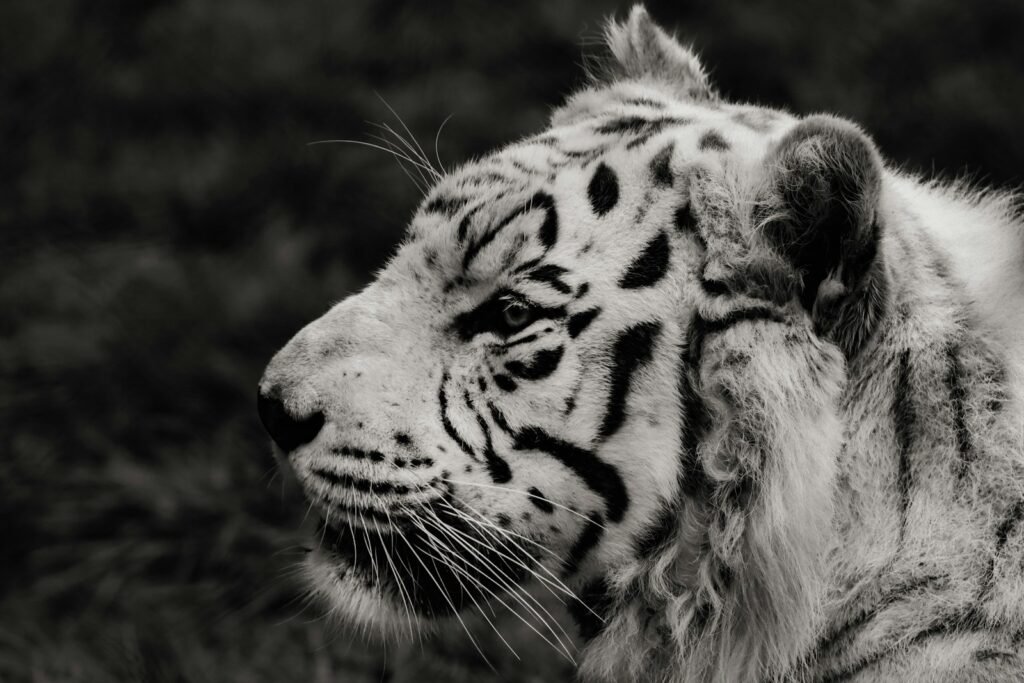
Behavioral interactions between domestic and wild cats vary widely. While some wild cats may tolerate the presence of domestics, especially in resource-rich environments, others can exhibit territorial aggression, leading to conflicts. These encounters can affect stress levels and reproductive success, impacting overall population health.
Conservation Efforts and Management Strategies
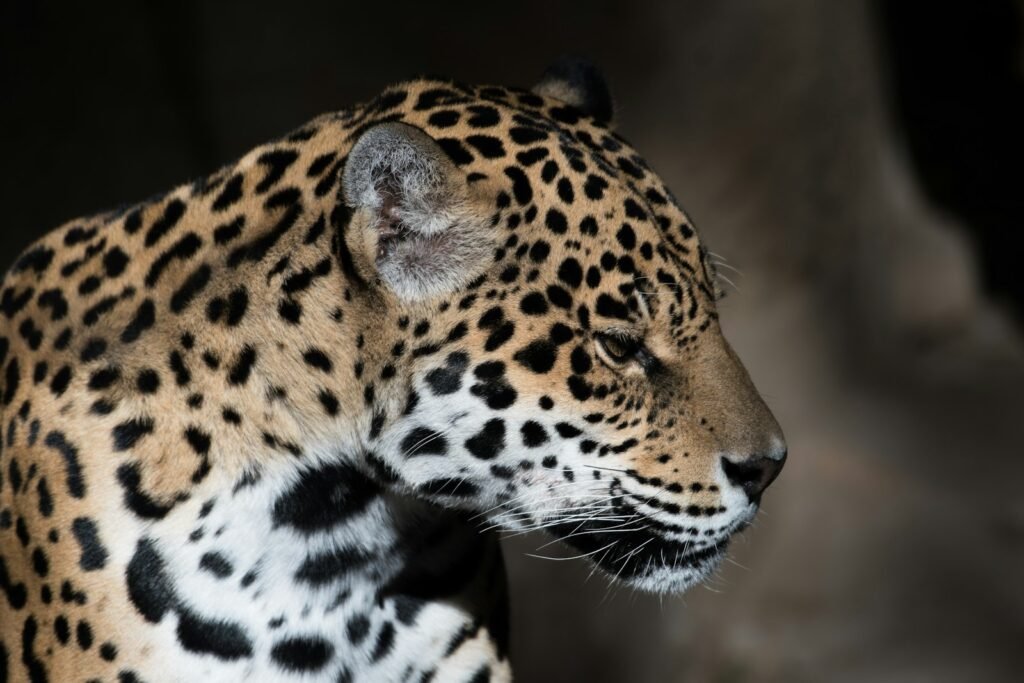
Addressing the issue of domestic cats in ecosystems with wild cat populations involves a combination of conservation efforts and management strategies. These may include promoting responsible pet ownership, implementing feral cat management programs, and preserving or restoring native habitats to support wild cat populations.
Conclusion: A Path Forward
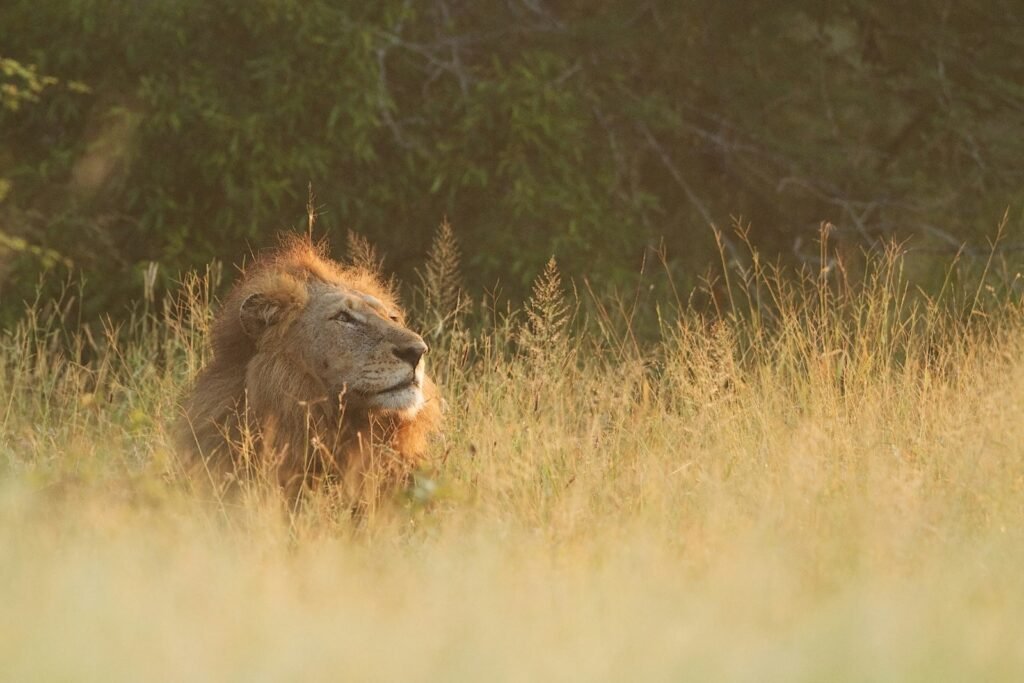
The coexistence of domestic and wild cats in shared habitats is a complex issue requiring nuanced understanding and careful management. Collaborative efforts involving scientists, conservationists, and community stakeholders are vital to developing strategies that protect biodiversity while respecting the role of domestic cats in human culture.
Further Reading and Resources
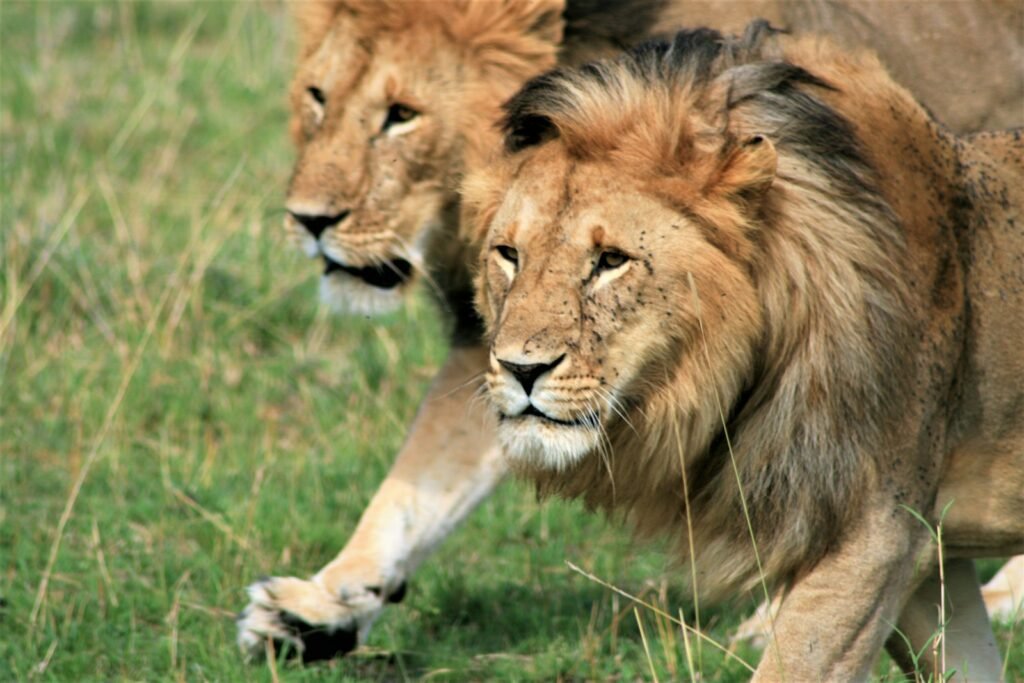
For those interested in delving deeper into this topic, numerous resources are available, including scientific journals on ecology and conservation, books detailing the behaviors and biology of feline species, and websites dedicated to wildlife conservation efforts.
Hi, I’m Bola, a passionate writer and creative strategist with a knack for crafting compelling content that educates, inspires, and connects. Over the years, I’ve honed my skills across various writing fields, including content creation, copywriting, online course development, and video scriptwriting.
When I’m not at my desk, you’ll find me exploring new ideas, reading books, or brainstorming creative ways to solve challenges. I believe that words have the power to transform, and I’m here to help you leverage that power for success.
Thanks for stopping by, Keep coming to this website to checkout new articles form me. You’d always love it!






